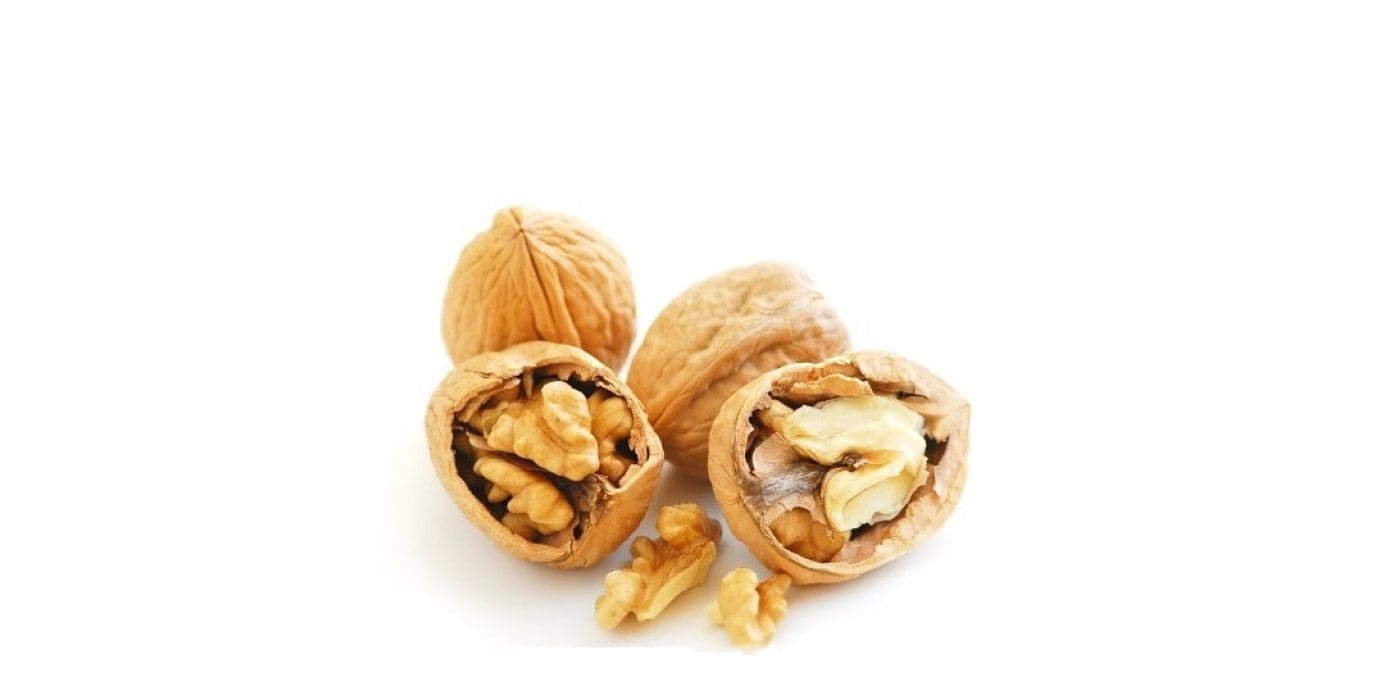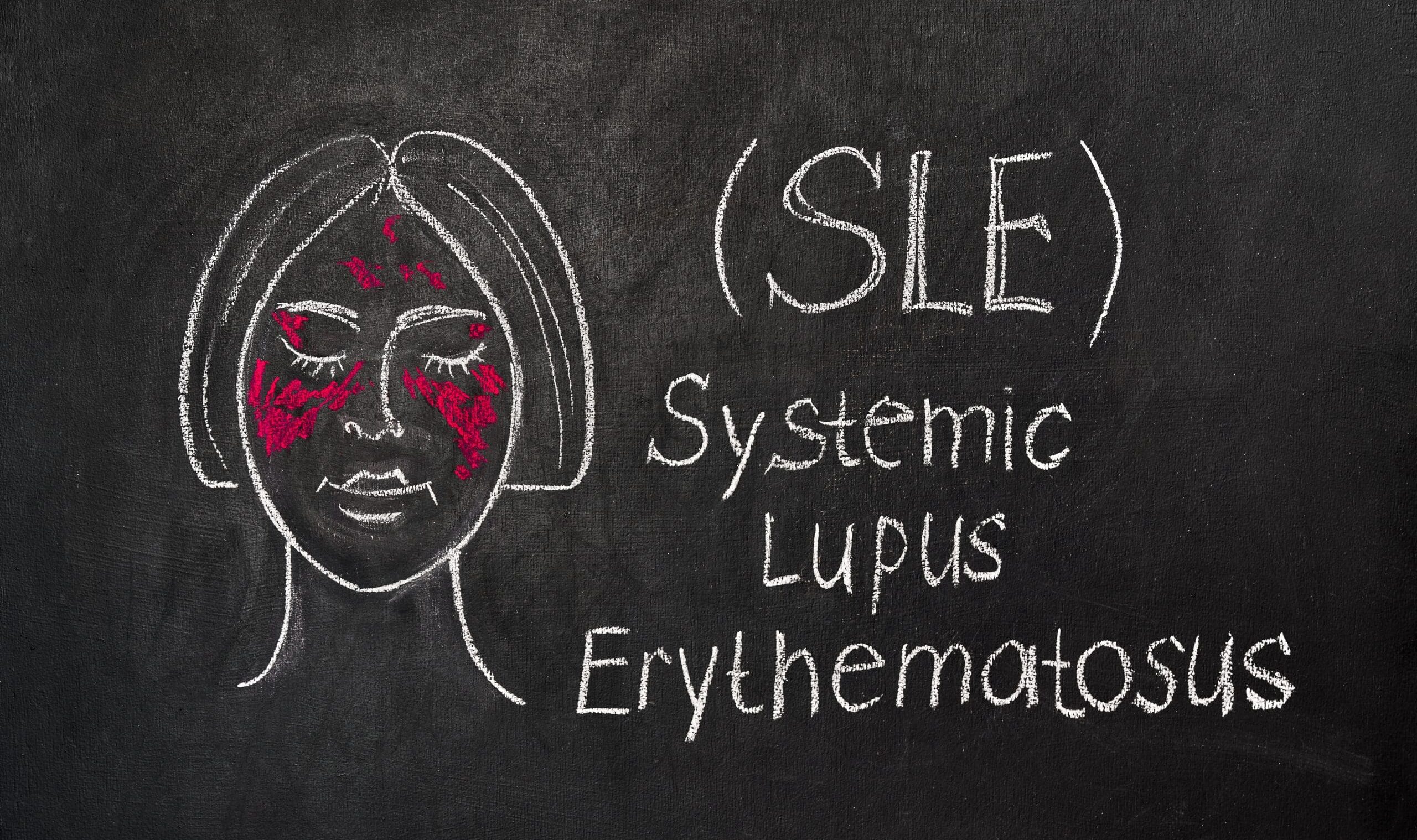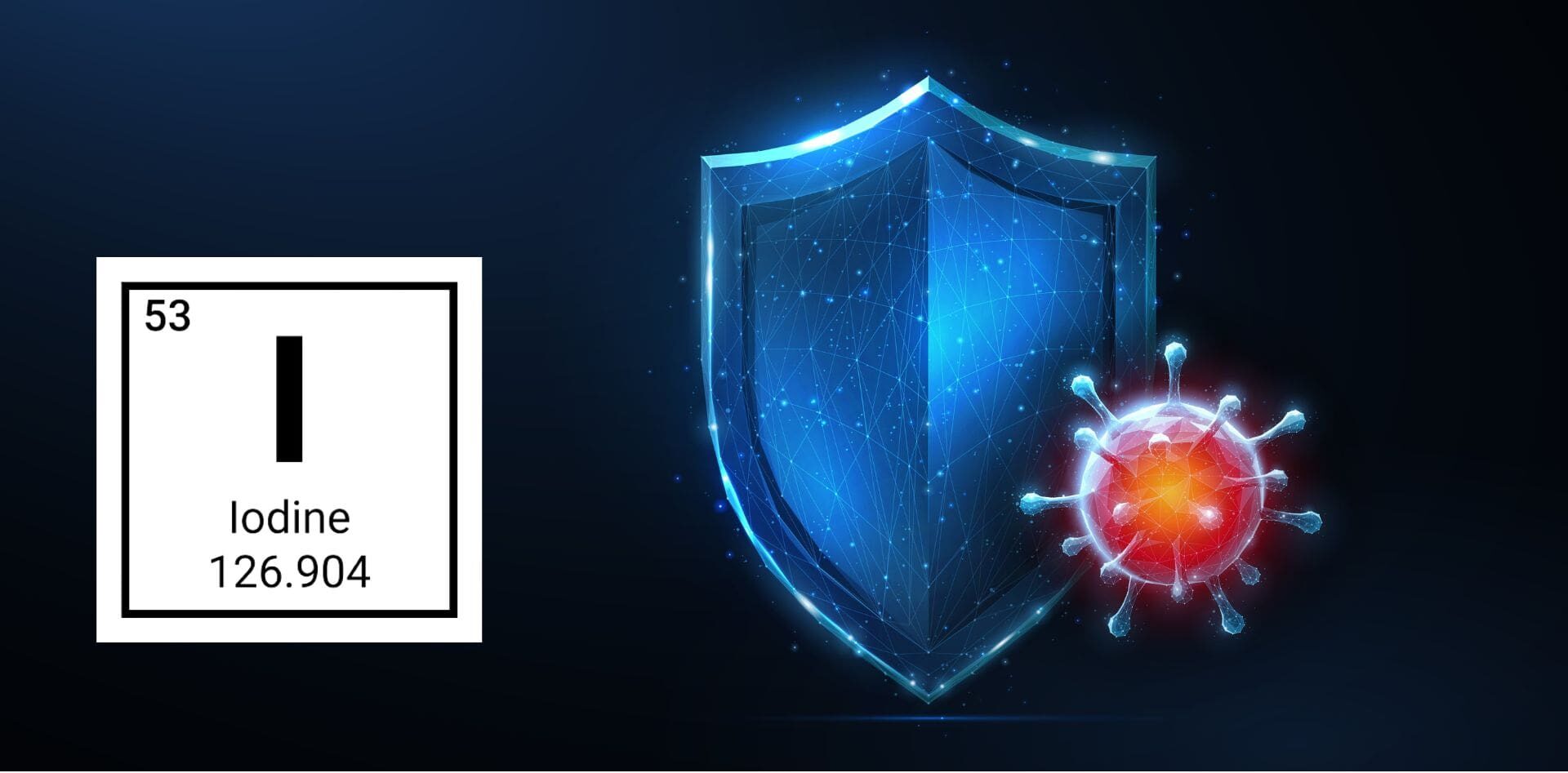By herbalist Natasha Flynn
Have you ever noticed that certain plant foods, such as nuts, herbs and vegetables look like parts of the human body? Many people have observed this phenomena and there is a theory known as the Doctrine of Signatures, where it is believed that nature gives us clues to help identify plants which help certain body parts.
Two well-known advocates that promoted the doctrine of signatures, include English Botanist, herbalist and astrologer Culpepper and the father of modern chemistry; Paracelsus.
There is also evidence that it has been an important part of folk medicine as far back as the Middle Ages.
A walnut may look like the human brain, but does that mean that it is going to offer benefits or nutrients specific to brain function?
In the case of the humble walnut, absolutely.
I could put forward a great argument that this indicates that we should look to the Doctrine of signatures as a guide to foods and herbs that are specific to certain body systems. The human brain is made up of about 60% fat and needs high-quality fats like omega-3s to function properly. Walnuts are the ultimate “brain food” as they are loaded with omega-3.
It would appear that modern science is giving some weight to the argument and that maybe all along plants have been trying to tell us something.
Here are some examples of plant based foods that look similar to the body systems that they can help to support if included regularly as part of your diet;
Carrots: cross sections of carrots are thought to look like the human eye and contain beta-carotene
Sweet potato: Looks like the pancreas and is an ideal replacement for starchy carbohydrates for those with blood glucose imbalances.
Tomatoes: When sliced it appears to resemble the chambers of the heart and is loaded with the antioxidant; lycopene.
Figs: Fig seeds resemble sperm and contain folate which is essential for healthy sperm production.
Orange and other citrus fruits: Resemble the mammary glands and are thought to aid lymph flow to support the health of breast tissue.
Celery and spinach: These look similar to human bones and are a source of silica which is an essential trace mineral for strong bones.
Avocados: Resembling the uterus. A good source of folic acid, which decreases the risk of spina bifida in infants. It also takes nine months to fully ripen an avocado.









Leave A Comment